evy
May 16, 2016Explorer
LP gas Diagram, help needed.
Hi everyone,
I'm working on my very first DIY camper conversion, using a 2010 extended Ford E250.
I need to buy the equipment needed for the whole LP gas system.
I already bought and installed a Manchester 7.9gal horizontal tank (6814) that's the starting point.
No I will not do the work myself, I will have a professional do it but by buying the equipment myself I will save a lot of money, up here in Canada most of the RV equipment is at least 2 to 3 times more expensive. I'm buying it online and getting it in the US.
I need to get the fittings, hoses, regulators, valves etc...
The piping I will get up here in the hardware stores.
What type of pressure regulator should I get? 2 stages? plastic cover?
So If you can give me any advice it would be greatly appreciated.
Thanks in advance.
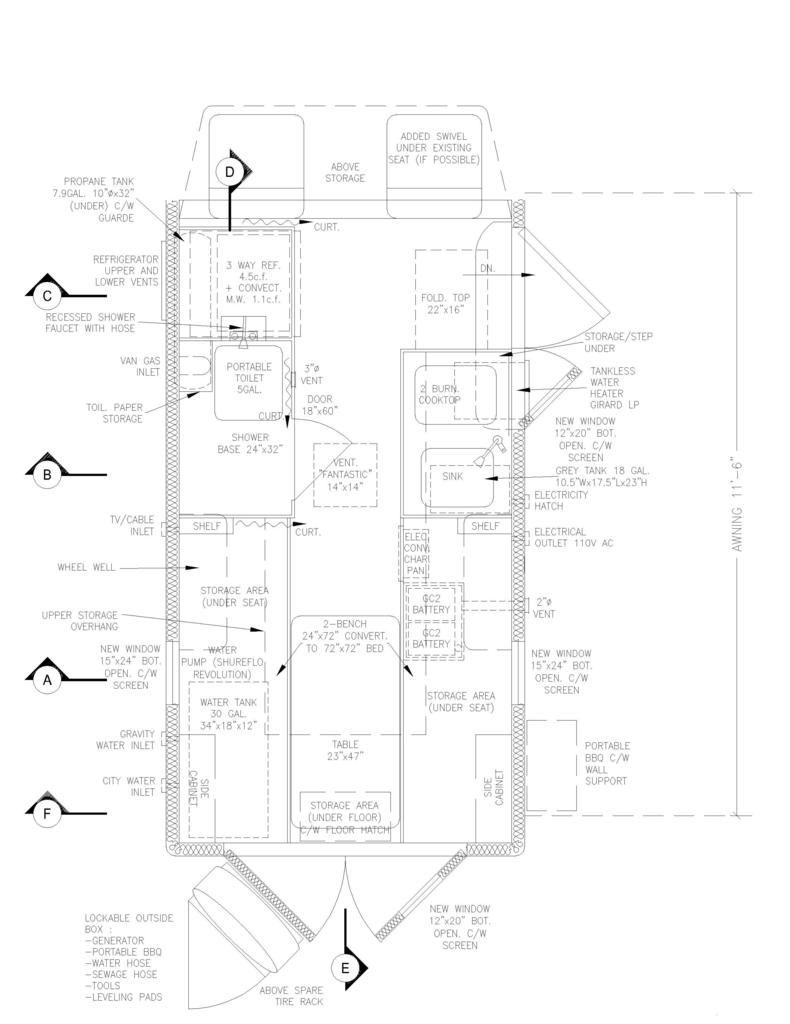
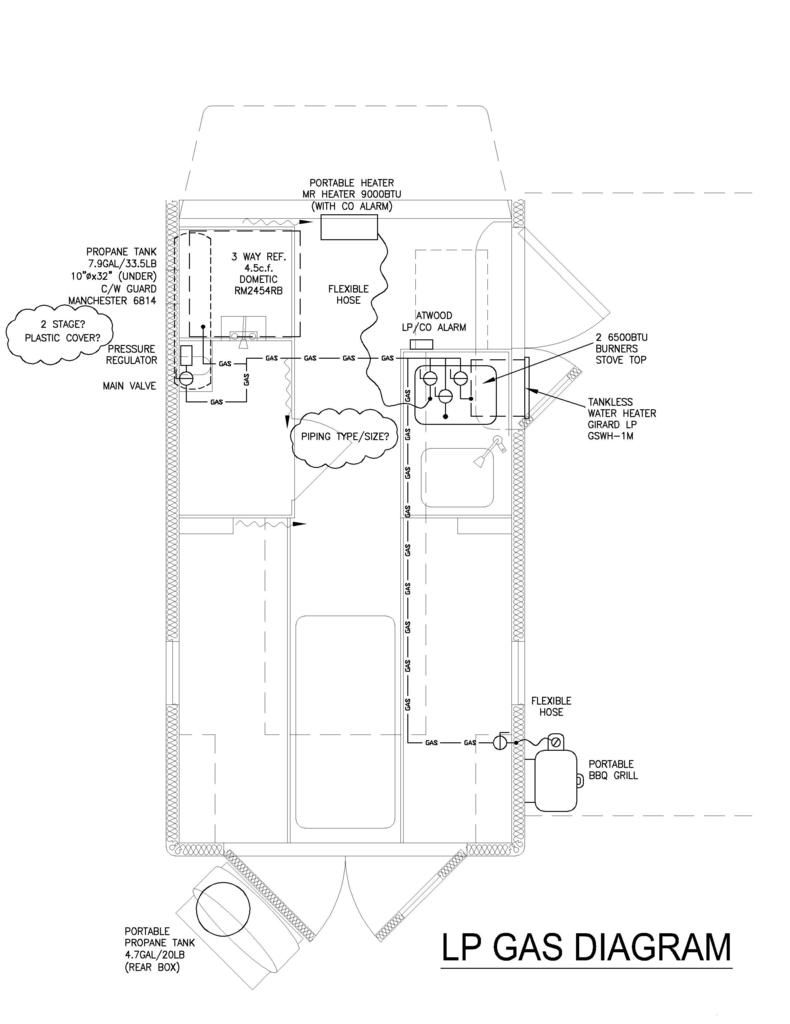
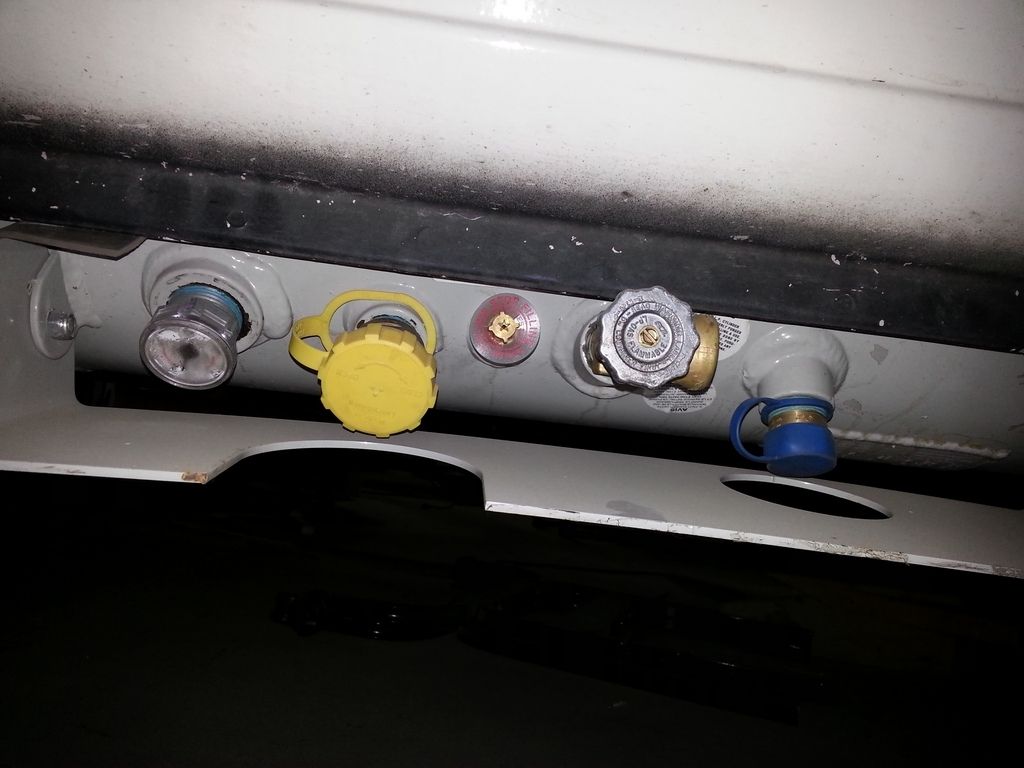
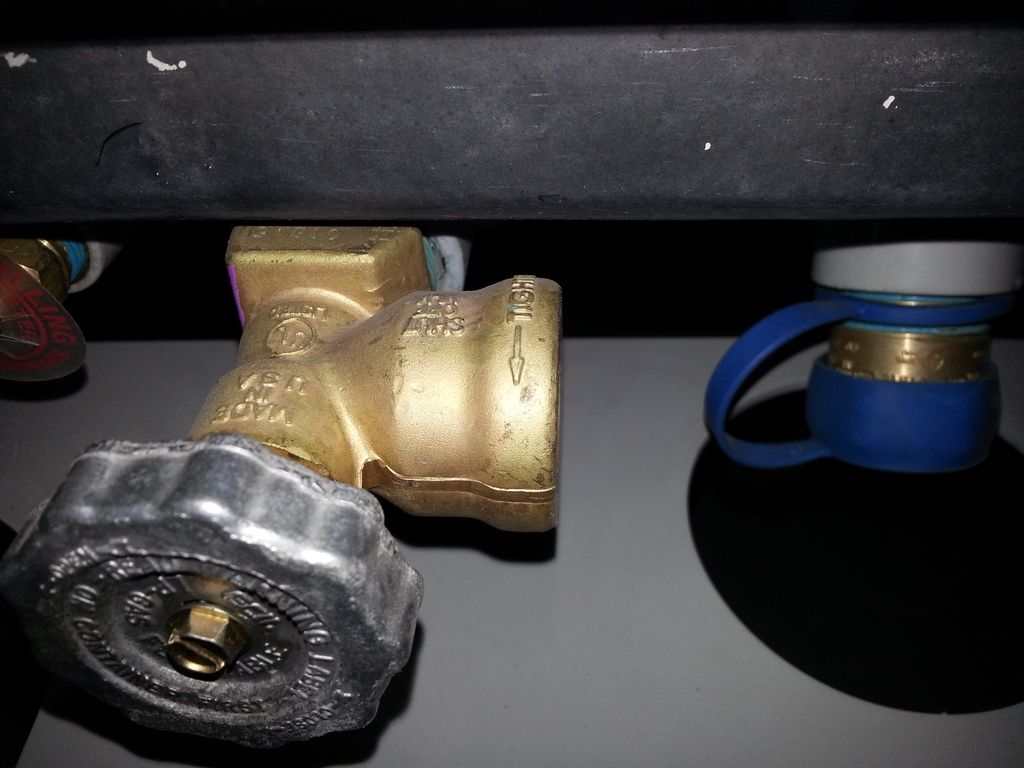
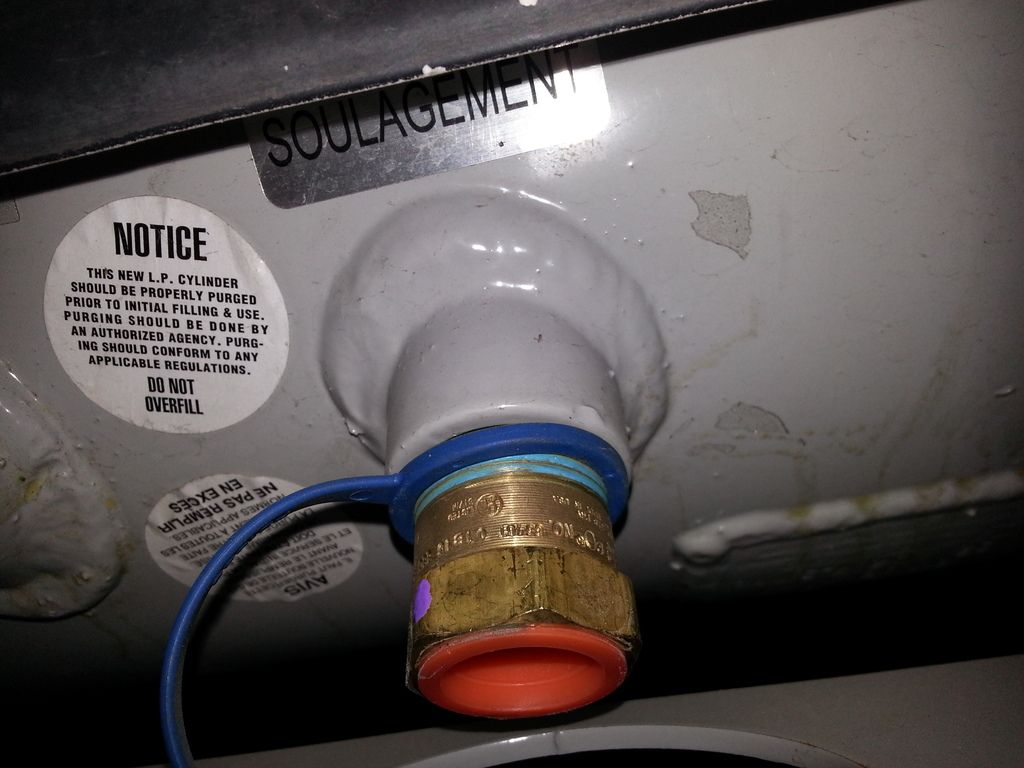

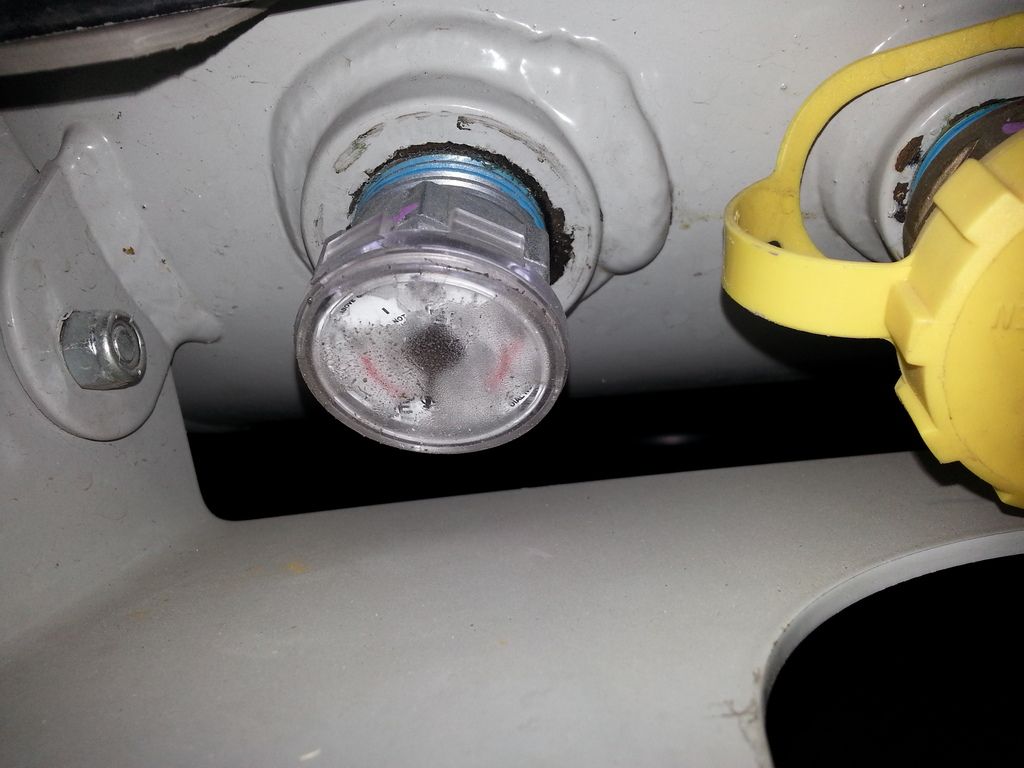
Suburban 2 burner cooktop
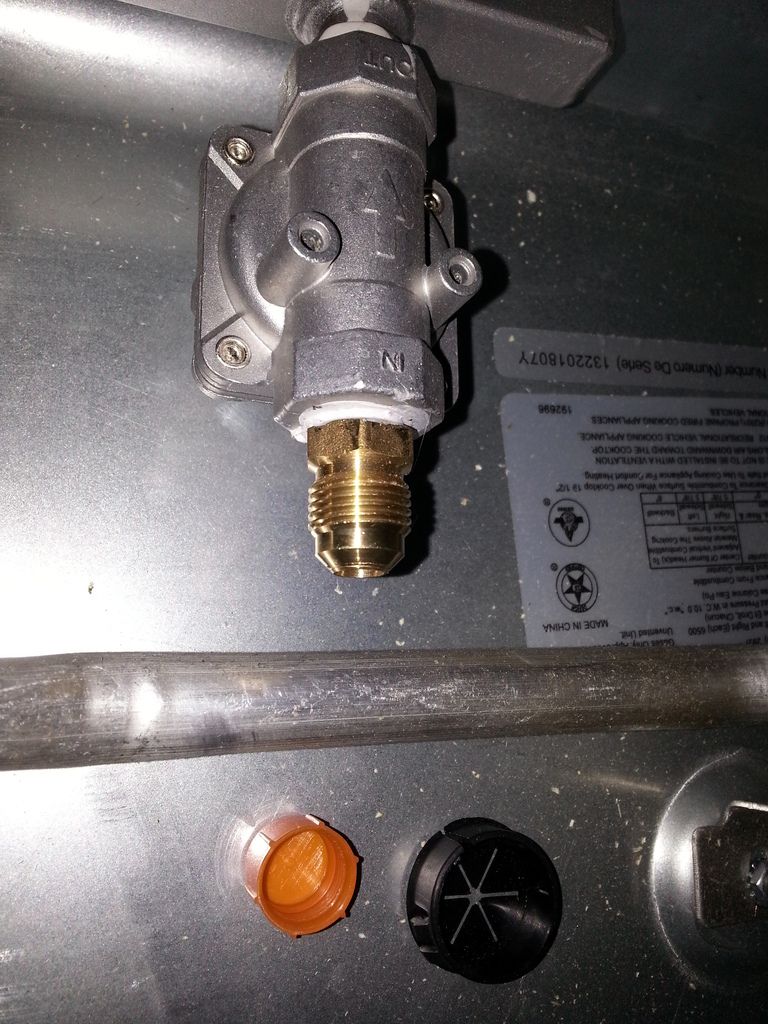
Girard tankless water heater
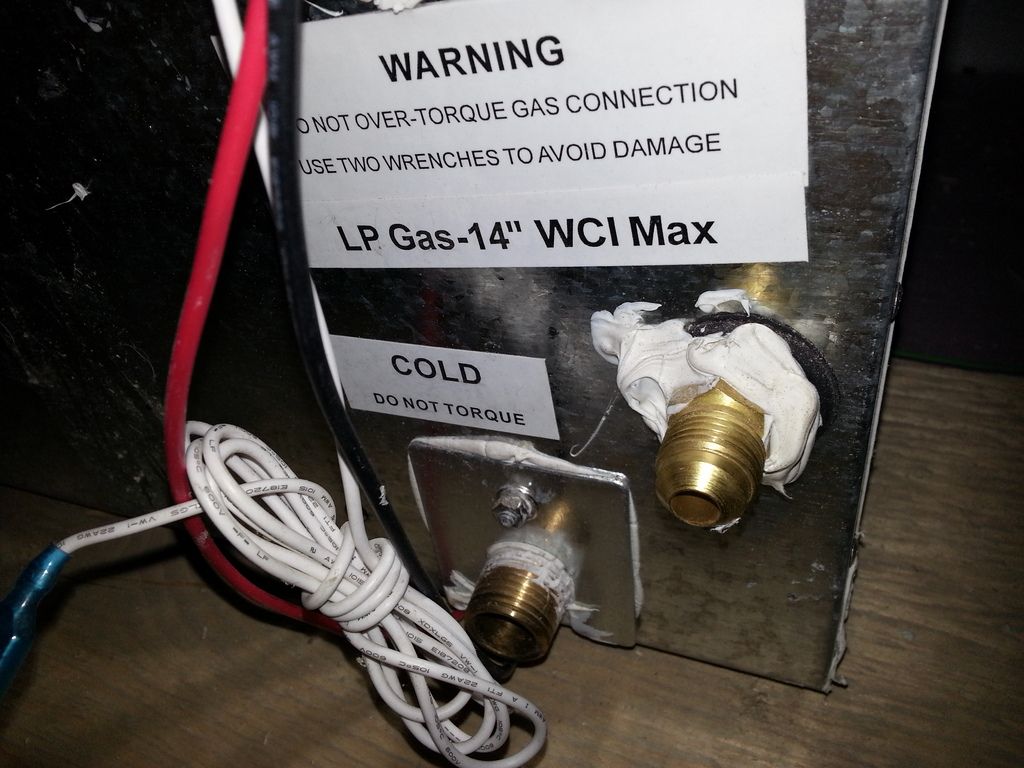
Mr Heater little budy

Portable BBQ grill
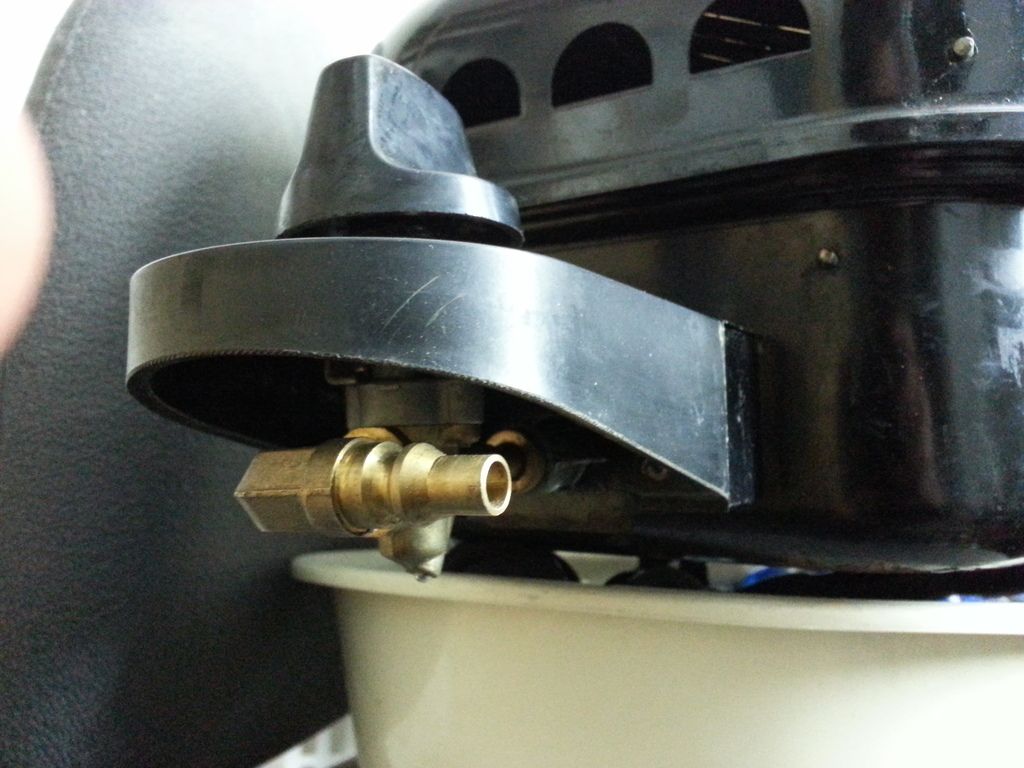
3 way 4.5c.f. refrigerator RM2454RB
take a look at 0:59sec
https://www.youtube.com/watch?v=1ew8KZBCSWw
I'm working on my very first DIY camper conversion, using a 2010 extended Ford E250.
I need to buy the equipment needed for the whole LP gas system.
I already bought and installed a Manchester 7.9gal horizontal tank (6814) that's the starting point.
No I will not do the work myself, I will have a professional do it but by buying the equipment myself I will save a lot of money, up here in Canada most of the RV equipment is at least 2 to 3 times more expensive. I'm buying it online and getting it in the US.
I need to get the fittings, hoses, regulators, valves etc...
The piping I will get up here in the hardware stores.
What type of pressure regulator should I get? 2 stages? plastic cover?
So If you can give me any advice it would be greatly appreciated.
Thanks in advance.







Suburban 2 burner cooktop

Girard tankless water heater

Mr Heater little budy

Portable BBQ grill

3 way 4.5c.f. refrigerator RM2454RB
take a look at 0:59sec
https://www.youtube.com/watch?v=1ew8KZBCSWw